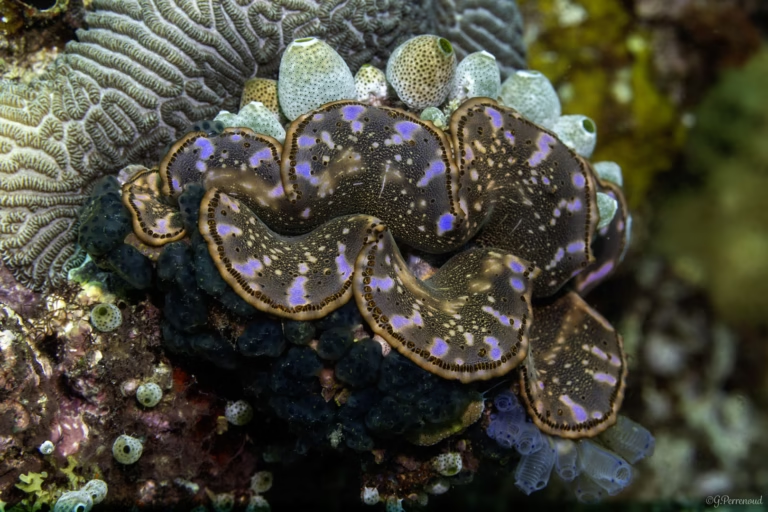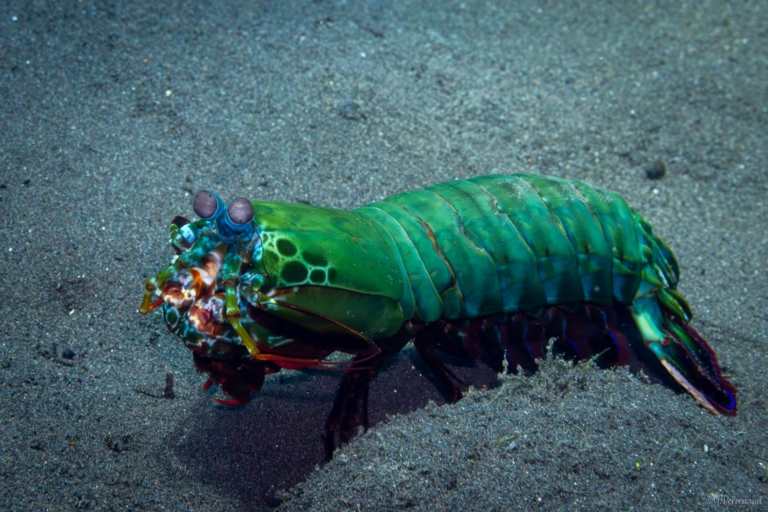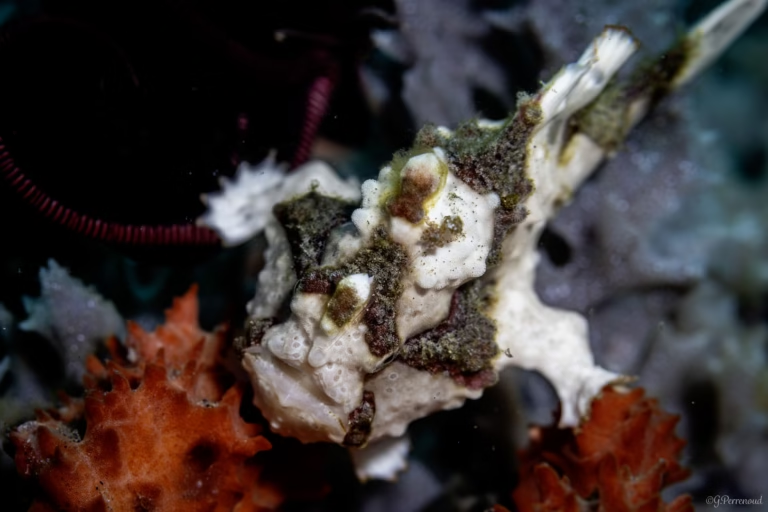Table of Contents
Introduction
No need to count on the legendary delicacy of the agents to smooth things over. Questions came in an annoyed, even aggressive tone. The key to shortening this stage? Passport, open to the right page, accommodation address and return ticket in hand.
After this “friendly” exchange, I headed for a shuttle bus that landed me at terminal 8. From there, take the air train to the Jamaica stop. You can then take the metro to your accommodation. The air train costs around $8 and the metro $2.75. It’s worth noting that this price is fixed whether you make 1 stop or 20. It’s up to you to plan the order of the places you want to visit to limit your expenses!
Of course, you can also take a cab or Uber, but the price will be much higher and the time you save will depend greatly on the time you arrive, as traffic jams can be terribly dense at rush hour.
Hunter's point park
I ended up in this spot because I walked from Queens towards Manhattan without really knowing where I was going to end up. After a 2-hour walk, I arrived at Hunter’s point park. This park is interesting because it’s located along the East River, giving you a lovely view of Manhattan and its dizzying buildings. For $5 (purchase of ticket from a ticket machine) you can take a ferry along the river. As I had an appointment, I only made the crossing to get to Manhattan (in less than 10 minutes), but the ferry goes all the way round and you’re in for a treat, especially in fine weather and if you can sit on the roof of the boat. You can get as far south as Manhattan, close to the Financial District.
Central Park
The must-see Central Park (340 hectares in the heart of Manhattan): a veritable green lung in the middle of the city. The park offers a wide range of activities, including walking, cycling and horse-drawn carriage rides. Locals also enjoy all kinds of sports. Many street artists exhibit their paintings, drawings and other creations. Others give dance performances or concerts. The diversity of the fauna is impressive. A multitude of birds, squirrels, turtles and even rabbits live in the center of this town. The park is well maintained and generally very clean. It offers a variety of landscapes, and after a 10-minute walk, you’ll feel as if you’re in the middle of a forest, by the lake or in a party square. Allow at least 1.5 hours to enjoy it, but you can honestly spend 4 hours here without getting bored.
Marine Park (Brooklyn)
Marine Park is a 1-hour subway ride from midtown Manhattan. It’s a beautiful reserve where you’ll find a rich biodiversity of fish, crabs, birds and insects. The western part is rather wild, with dirt paths. As it was much wetter two nights earlier, there was a lot of mud and I couldn’t get as far as I wanted. On the east side, a less natural but more practicable path allowed me to see some pretty things. There are also a few platforms where you can get a good view of the reeds and the lake. It’s a very quiet place, apart from the planes taking off and landing all the time, and you soon forget you’re so close to the city. Allow a good 2 hours for the tour, or even a full day if you’re here to snap the perfect photo!
Brooklyn Aquarium
Also about 1 hour from Manhattan, with a subway stop right across the street, the Brooklyn Aquarium is well worth a visit. Nestled overlooking New York Bay in the Coney Island neighborhood, the Brooklyn Aquarium is one of the oldest aquariums in the United States. Behind its Art Deco façade lie many wonders. There’s something for everyone, young and old alike.
The Aquarium is home to an incredible diversity of marine species. Multicolored tropical fish, jellyfish, sea turtles, playful otters, sharks… a fascinating dive into the different aquatic ecosystems present on our beautiful planet. The explanations are clear and interesting, raising public awareness of the need to protect marine fauna.
The Brooklyn Aquarium is also committed to ocean conservation. It takes part in programs to save endangered corals and many other endangered species. I invite you to go here to see their recent articles. It’s really very interesting, and the number of programs in which the Aquarium is involved is impressive! So it’s easy to understand why adult admission costs $29.95, and $25.95 for children aged 3 to 12.
Nevertheless, it’s an ideal activity for discovering the magic of the underwater world, and drawing visitors’ attention to its fragility and the sometimes very simple gestures and habits needed to protect it.
Prospect Park (Brooklyn)
Smaller and less… centered than Central Park, Prospect Park features meadows, a lake and a zoo.
It’s a green space much appreciated by New Yorkers for its numerous infrastructures and activity possibilities.
Indeed, the park boasts vast lawns for picnics, relaxation or sports. There’s also a 60-acre (0.24km2) lake called Prospect Lake, where you can pedal boat or rowboat in summer.
For sports enthusiasts, Prospect Park offers a wide range of facilities including tennis courts, baseball diamonds, running tracks, Frisbee and volleyball courts and bike paths. There’s even an equestrian center for horseback riding.
Families will appreciate the various children’s play areas scattered throughout the park. There’s also a small zoo, a nature library and a century-old carousel that I didn’t get to visit.
Several points of interest line the various trails, including a botanical garden, fountains and historical monuments. Numerous concerts and public events are also held in the park during the summer months. Allow 2-3 hours to see the main viewpoints and walk around the lake.
Brooklyn Botanical Garden
Inaugurated in 1910, the Brooklyn Botanical Garden covers 52 acres (0.21km2). With over a million visitors a year, it’s a must-see place to discover flora from around the world. I went there after my visit to Prospect Park, as they are located right next to each other. Unlike Prospect Park, which is freely accessible, you have to pay $18 for people aged 12 and over, but it’s free for children under 12.
I haven’t counted them for lack of time, but the garden is home to over 12,000 species of plants, divided into several themed areas. There are rose gardens, a Japanese garden, a nursery and tropical greenhouses, as well as a Jardin des Sens dedicated to aromatic plants and a medicinal plant garden. For younger visitors, there’s a Discovery Garden with educational activities.
The Jardin Botanique organizes numerous events, including floral exhibitions, gardening workshops and themed guided tours to explore this haven of peace. There’s also a restaurant and a terrace café where you can take a break. However, as the prices charged encourage sobriety, I made do with my bottle of water imported from my accommodation…
Depending on your interest in botany, you should allow at least 2 hours for a leisurely tour, and up to a full day if you take the time to explore each thematic zone.
Other Parks
On this trip, I didn’t visit any more parks, but we can still mention the Jamaica Bay Wildlife Refuge, where you can observe migratory birds, or Flushing Meadows Corona Park in Queens, the former site of the World’s Fair. It is home to numerous sports facilities, gardens and a zoo.
On my last evening, we went to the Lost in Paradise Rooftop, which I really recommend, with its breathtaking view of the Queensboro Bridge and Manhatan.
Conclusion
Although we usually go to New York to see its buildings, it’s interesting to note that you can also find green spaces scattered all over and on the edge of this gigantic city. Although we rarely visit the Big Apple for its ecological dimension, it’s worth taking the time to explore its green lungs.
The parks, gardens and nature reserves featured in this article offer a gentle respite from the hustle and bustle of the city.
Of course, the concrete jungle remains New York’s trademark. But opening your eyes to its unsuspected flora and fauna brings a whole new perspective. So, if your schedule allows, treat yourself to an escape into the heart of this open-air natural sanctuary. You’ll come back invigorated by this New York green bath!



